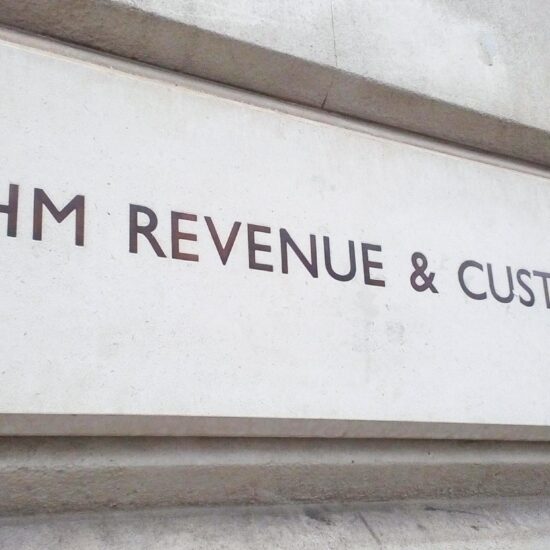VAT penalty guidance now includes online option
by Jason Croke – VAT Director, Rayner Essex
Jason Croke considers the new guidance on receiving and appealing VAT penalties and the effects increasing automation has on the process.
A brand new year brings with it a brand new VAT penalty regime, which takes effect for VAT periods starting on and after 1 January 2023.
Emma Rawson has already detailed the changes to the penalty regime, but in this article I will focus on the new HMRC guidance for the process of receiving and appealing the penalties.
HMRC has produced some step-by-step screenshots that will take the taxpayer or their tax agent on a visual journey through the various screens within the government gateway when dealing with penalties and appealing those penalties.
Learning from past mistakes
The last time HMRC implemented a radical change, namely the tax agent VAT registration function, chaos ensued. There was no guidance and the web pages that the user had to navigate had no context or explanation, resulting in confusion all around. Shortly afterwards, HMRC issued some belated notes on how to use the new process and then later on, issued further guidance.
It must be noted that none of that guidance or notes ever made it onto the HMRC area of gov.uk. The VAT registration guidance remained on the CIOT website, which is not a logical place to look if you are a taxpayer or a tax agent who is not a member of the CIOT. The content itself is not locked behind a paywall, but it is not the first place anyone would think to go for HMRC guidance.
Detailed guidance
HMRC has at least learned from this previous experience and has now produced quite detailed guidance with screenshots and notes and in colour. There are separate guides for taxpayers and for tax agents because there are slight differences in the home page and navigation that exist between the taxpayer and agent logins.
Of particular interest is that it is now possible to appeal a penalty online, using a sequence of web pages that asks a series of questions to establish why the VAT return was not filed on time or not paid on time.
This negates the need to write into HMRC, and the funnelling process identifies what the cause of the default was for. There is even an “other” section so if the reason for the default is not within the pre-defined excuses, then the taxpayer or agent can use a free-form box to explain the issue.
Artificial intelligence
Presumably this automation will reduce the post bag coming into HMRC and one assumes it has an element of artificial intelligence with a pre-determined outcome based on what details are entered. Alternatively it may be that each appeal is still reviewed by an individual person but in a uniform format so that the reviewer can read and make a decision much quicker than trawling through a 16-paragraph three-page letter from the taxpayer or tax agent.
It should also give some certainty in knowing that the appeal has been submitted and, while we do not know how long HMRC will take to reply, the taxpayer or agent can at least see an appeal has been submitted. This may take the pressure off tax agents in terms of clients asking if the agent has filed the appeal, had a response back and so on.
The downside remains that this guidance is only available on the CIOT website at present. I suggest you visit the link and download the four guides (they are in .pdf format) so that they are to hand and in case the guides are removed from the website in the future.
Perhaps in time, HMRC will publish these useful guides on the official HMRC gov.uk website, but the previous guidance relating to VAT registration never made it onto gov.uk, so it could be the same with this new penalty guidance.
Automation downsides
This new guidance indicates a clear direction from HMRC, in terms of automating a number of manual processes. HMRC has previously introduced an online process for overseas bank accounts and cancelling VAT refund cheques. It has also automated the VAT652: Voluntary declaration process and the aforementioned VAT registration process.
As a VAT practitioner, these automations are pleasing to see, but the downside is that the turnaround times are not improving and the more processes are automated, the less connection one has with the institution. That is to say, with automation comes a disconnect. If HMRC can improve the back-office turnaround times then the automated future is a bright one, but we’re not there yet.







